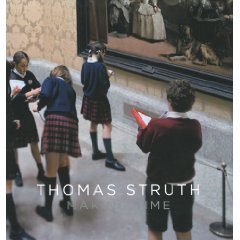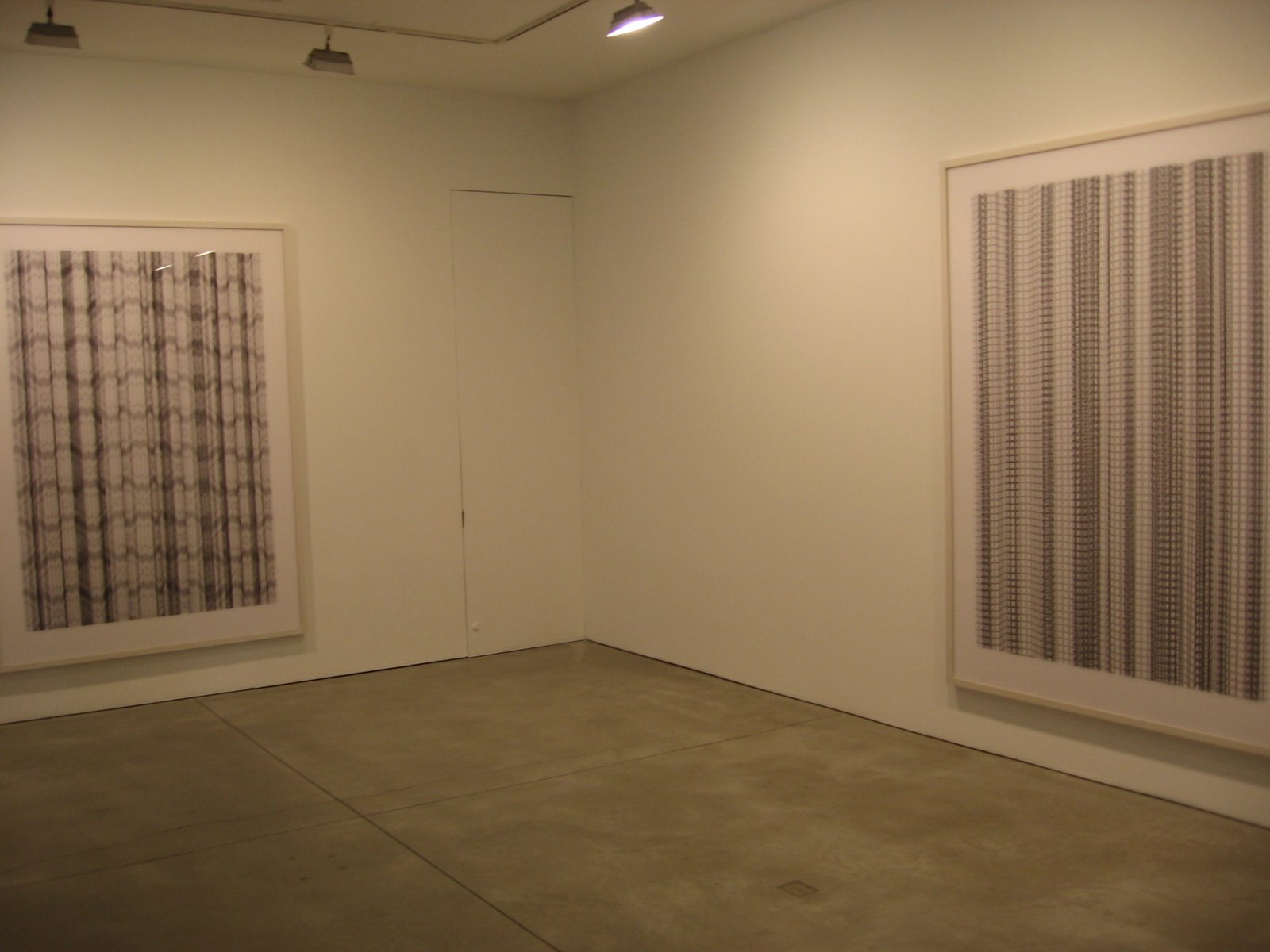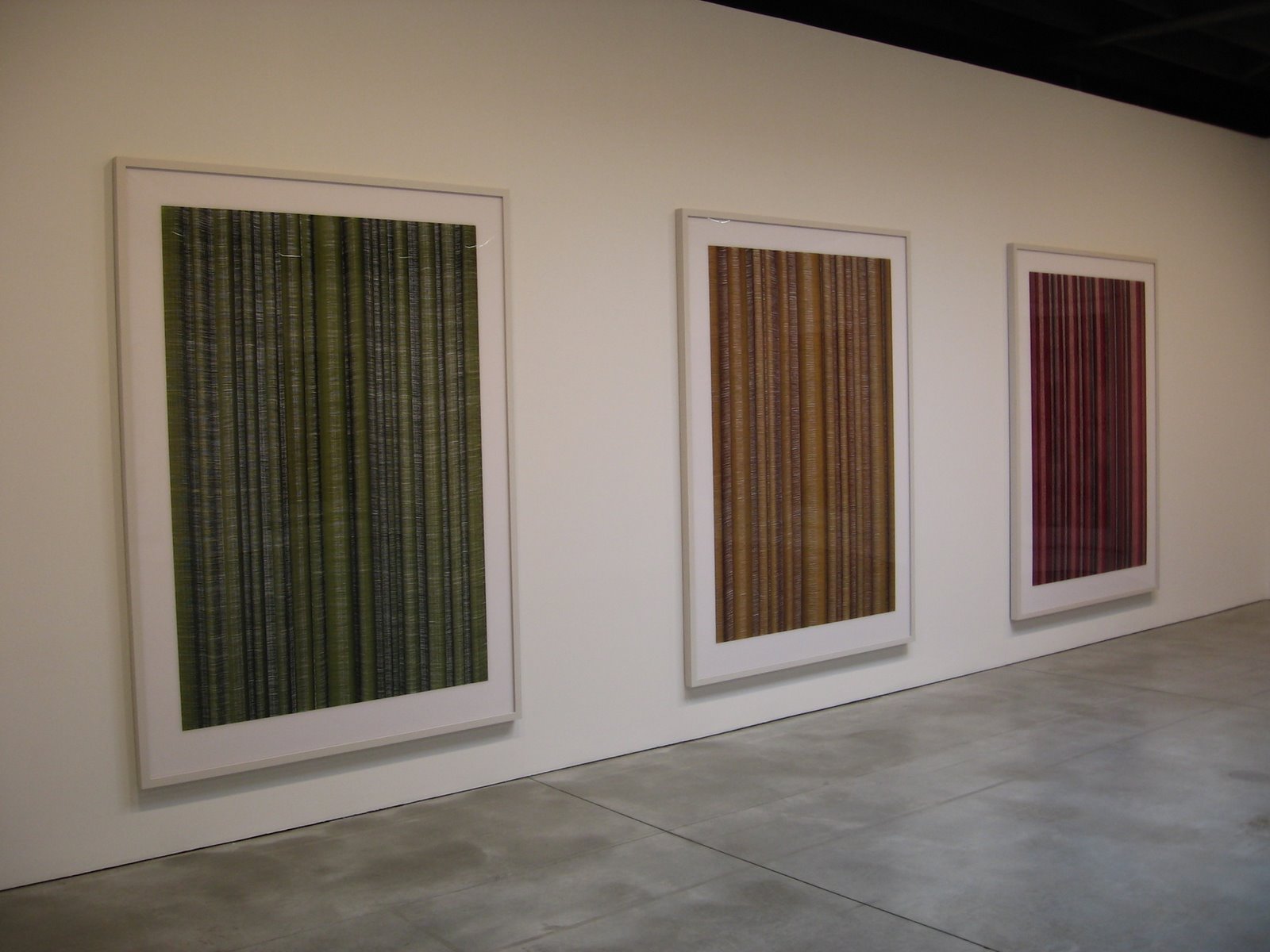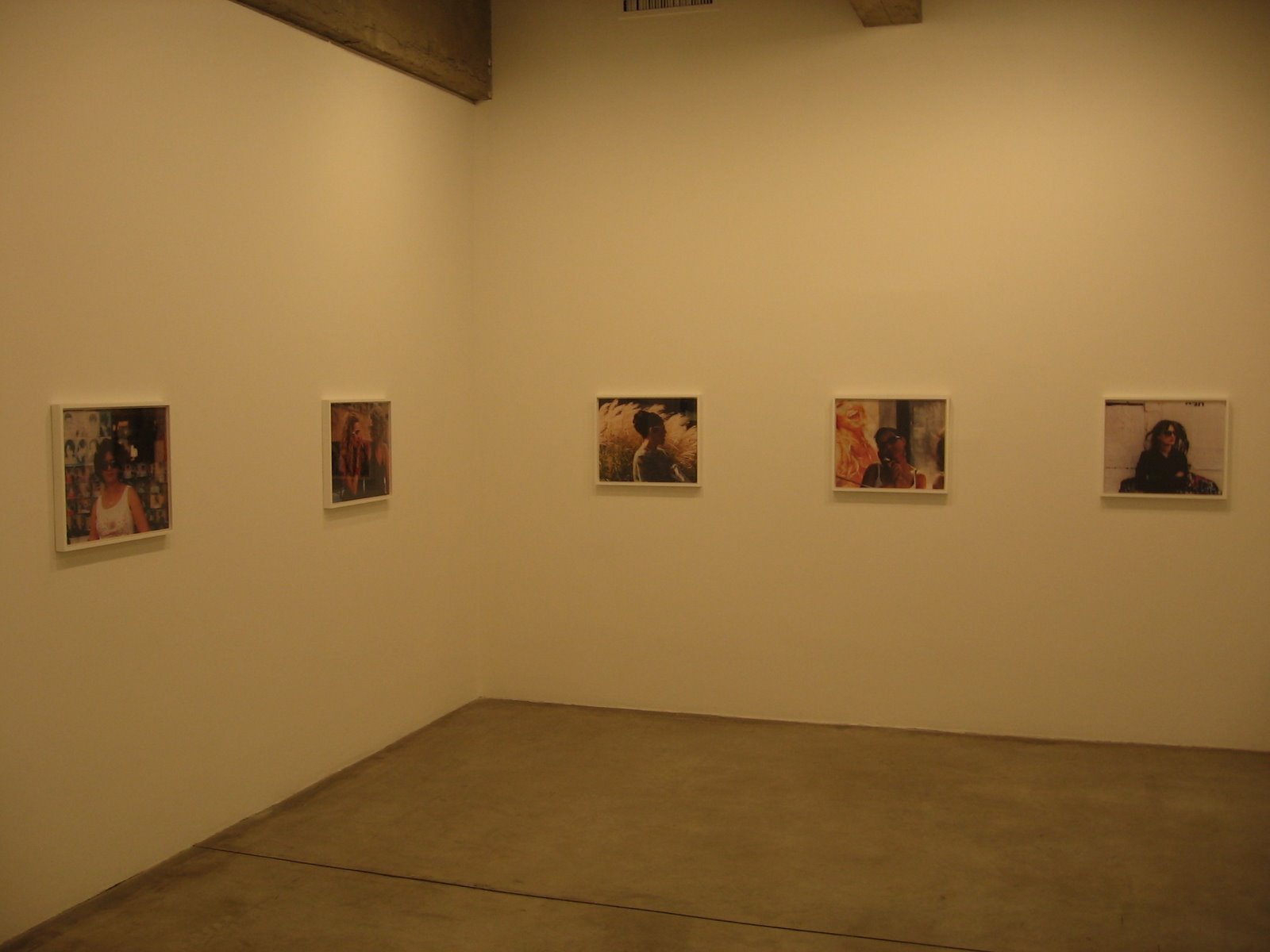While the material at Phillips’ recent London Photographs sale was fresher and more contemporary than some of the other sales this season, the results were still in line with the prevailing market realities: a buy-in rate in the mid thirties and total proceeds under the total Low estimate. It seems cautious, conservative buyers continue to be the norm, regardless of the type of material on offer.
The summary statistics are below (all results include the buyer’s premium):
Total Lots: 170
Pre Sale Low Total Estimate: £1018700
Pre Sale High Total Estimate: £1462600
Total Lots Sold: 105
Total Lots Bought In: 65
Buy In %: 38.24%
Total Sale Proceeds: £868775
Here is the breakdown (using the Low, Mid, and High definitions from the preview post, here):
Low Total Lots: 77
Low Sold: 52
Low Bought In: 25
Buy In %: 32.47%
Total Low Estimate: £262600
Total Low Sold: £162250
Mid Total Lots: 87
Mid Sold: 49
Mid Bought In: 38
Buy In %: 43.68%
Total Mid Estimate: £880000
Total Mid Sold: £518025
High Total Lots: 6
High Sold: 4
High Bought In: 2
Buy In %: 33.33%
Total High Estimate: £320000
Total High Sold: £188500
90.48% of the lots that sold had proceeds in or above the estimate range, with 29.52% above. There were plenty of surprises in this sale (defined as having proceeds of at least double the high estimate), especially on the lower priced lots. These included:
Lot 13, Stephen Shore, West 9th Avenue, Amarillo, Texas, October, 2, 1974, at £15000
Lot 38, Richard Misrach, Fence, Bravo 20, Bombing range, 1987, at £4750
Lot 51, Daido Moriyama, Yokohama (Kanagawa), 1977, at £6500
Lot 52, Daido Moriyama, Yurakucho, 1976, at £5625
Lot 56, Miroslav Tichy, Untitled, 1950-1980, at £4750
Lot 57, Miroslav Tichy, Untitled, 1950-1980, at £5625
Lot 59, Miroslav Tichy, Untitled, 1950-1980, at £4375
Lot 61, Rankin, Heidi Klum, 2004 and Kate Moss, 2004, at £2250
Lot 106, Nick Knight, Devon, 1997, at £57650
Complete lot by lot results can be found here.
Phillips De Pury & Company
Howick Place
London SW1P 1BB
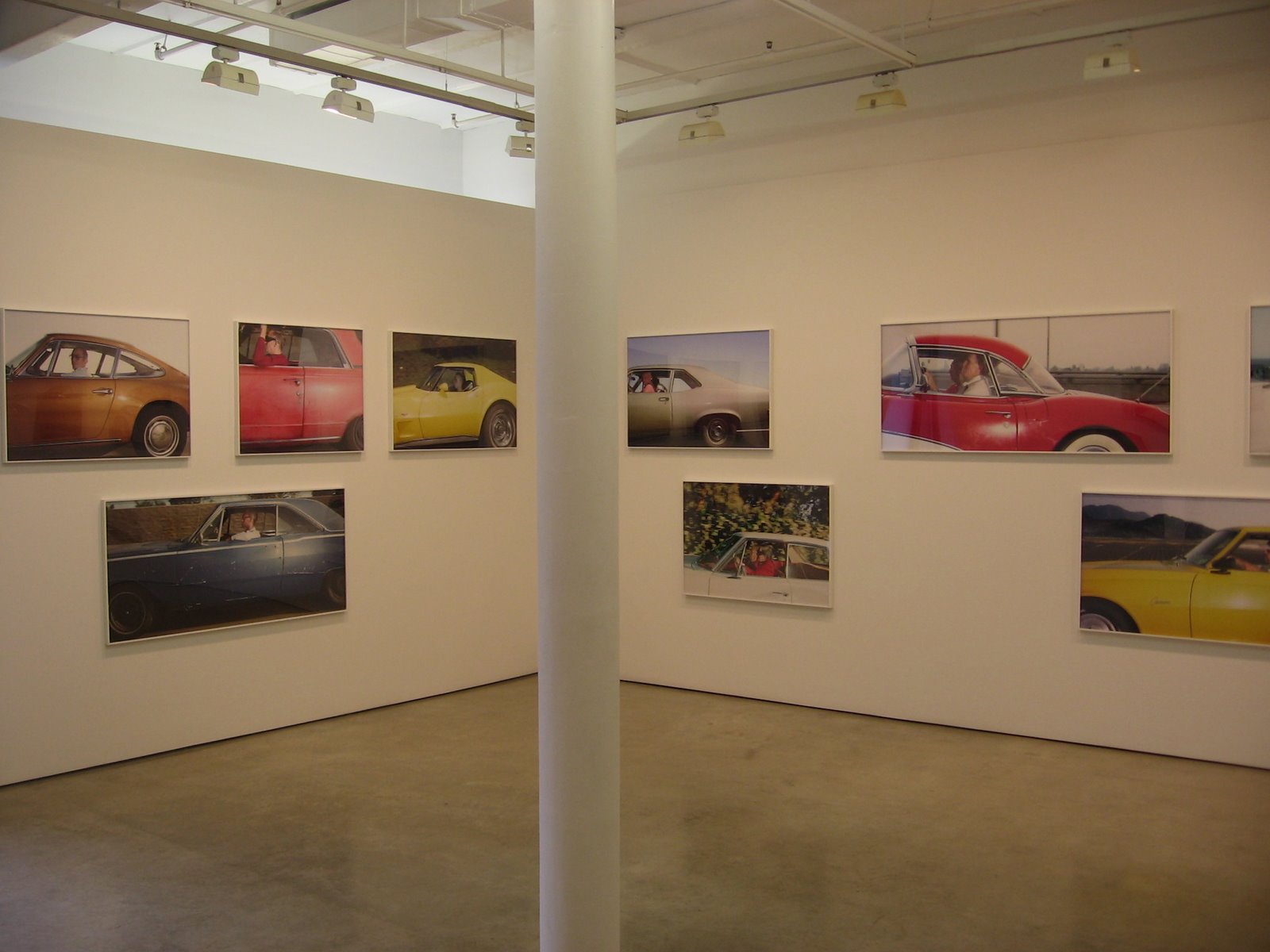 JTF (just the facts): A total of 23 digital c-prints, framed in white with no mat and hung in two rows in the main gallery. The images were taken between 1989 and 1997 and are printed in editions of 5. All of the prints are 30″ high, and range in length between 37″ and 67″. Each image is titled with the name of the road, the driving speed, the exact time, and the general location.(Installation shots at right.)
JTF (just the facts): A total of 23 digital c-prints, framed in white with no mat and hung in two rows in the main gallery. The images were taken between 1989 and 1997 and are printed in editions of 5. All of the prints are 30″ high, and range in length between 37″ and 67″. Each image is titled with the name of the road, the driving speed, the exact time, and the general location.(Installation shots at right.)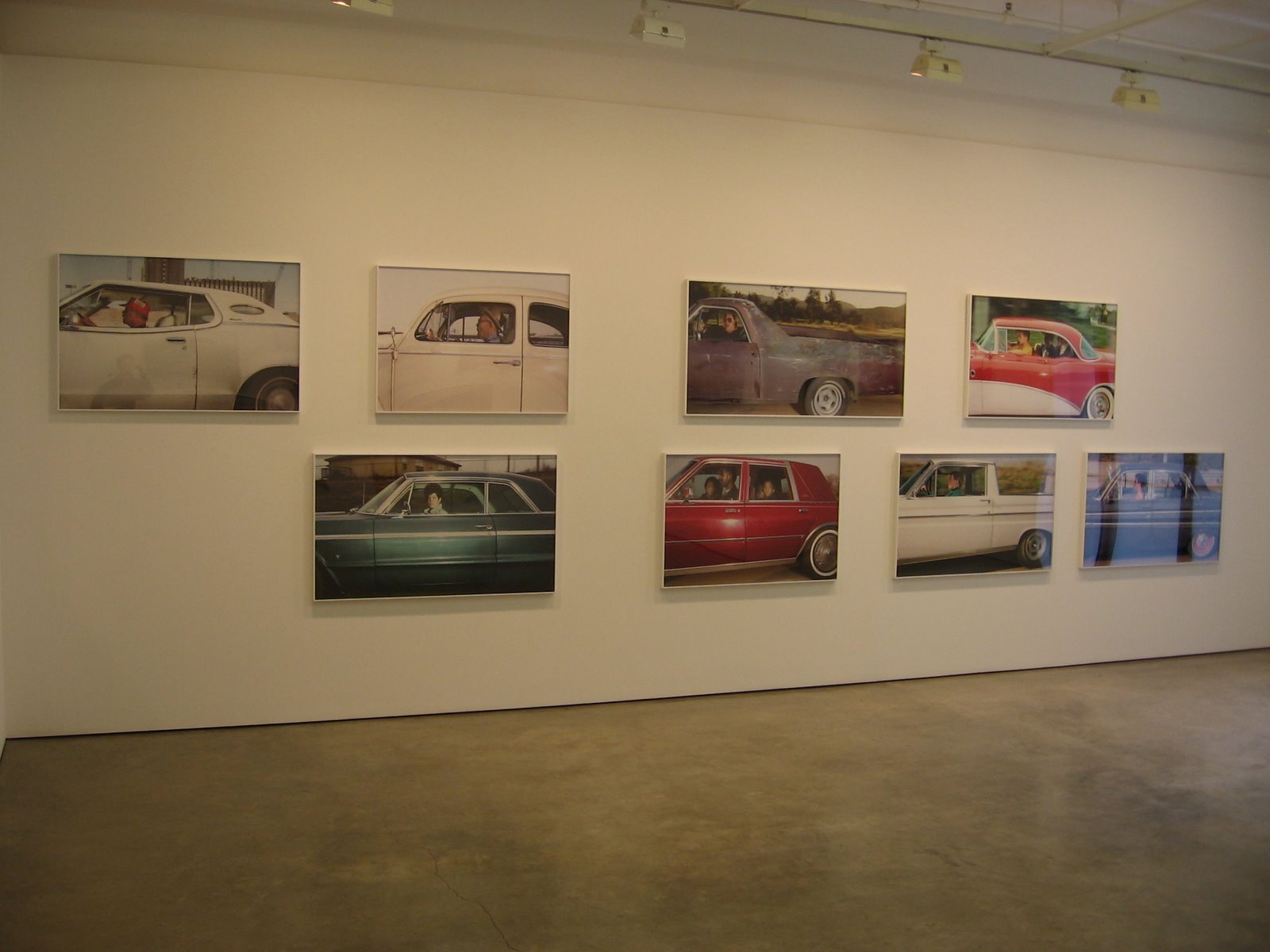 Collector’s POV: The prints in this show are priced between $6000 and $10000 based on size. Only a couple of prints from this series have made their way into the auction markets, selling for approximately $2000 each. These images have a very strong warm weather American feel to them, and would therefore fit best in a collection of contemporary American color photography.
Collector’s POV: The prints in this show are priced between $6000 and $10000 based on size. Only a couple of prints from this series have made their way into the auction markets, selling for approximately $2000 each. These images have a very strong warm weather American feel to them, and would therefore fit best in a collection of contemporary American color photography. 